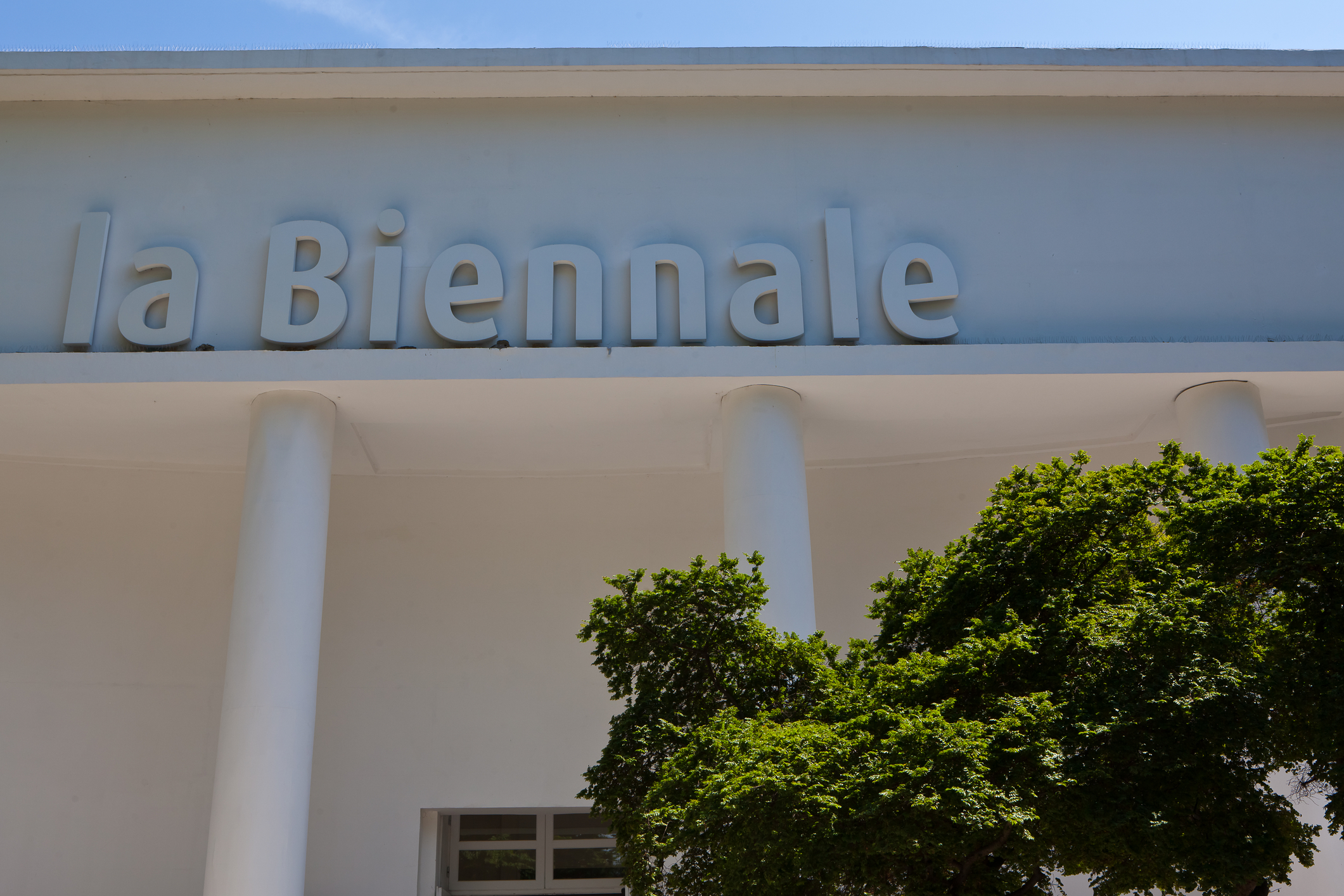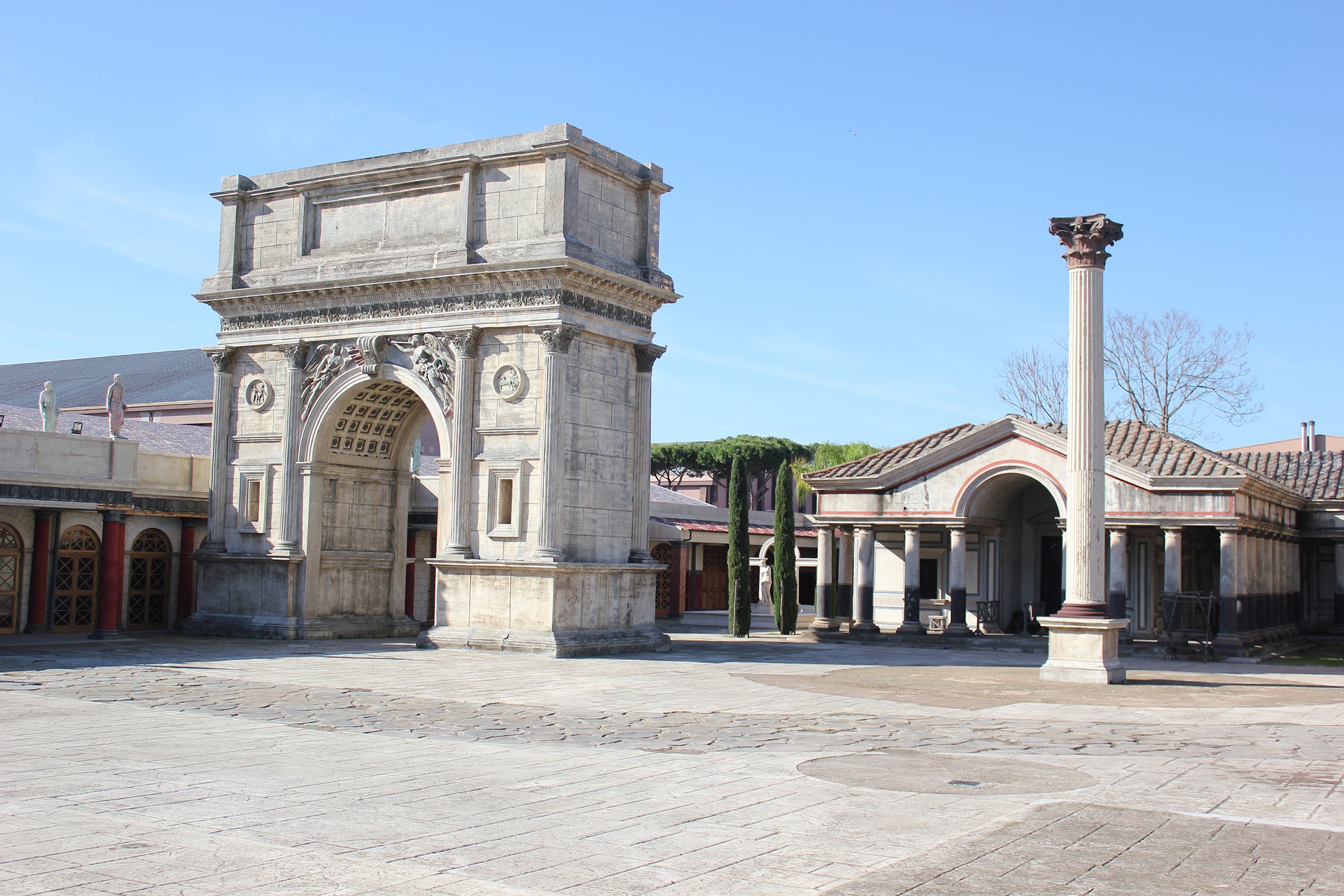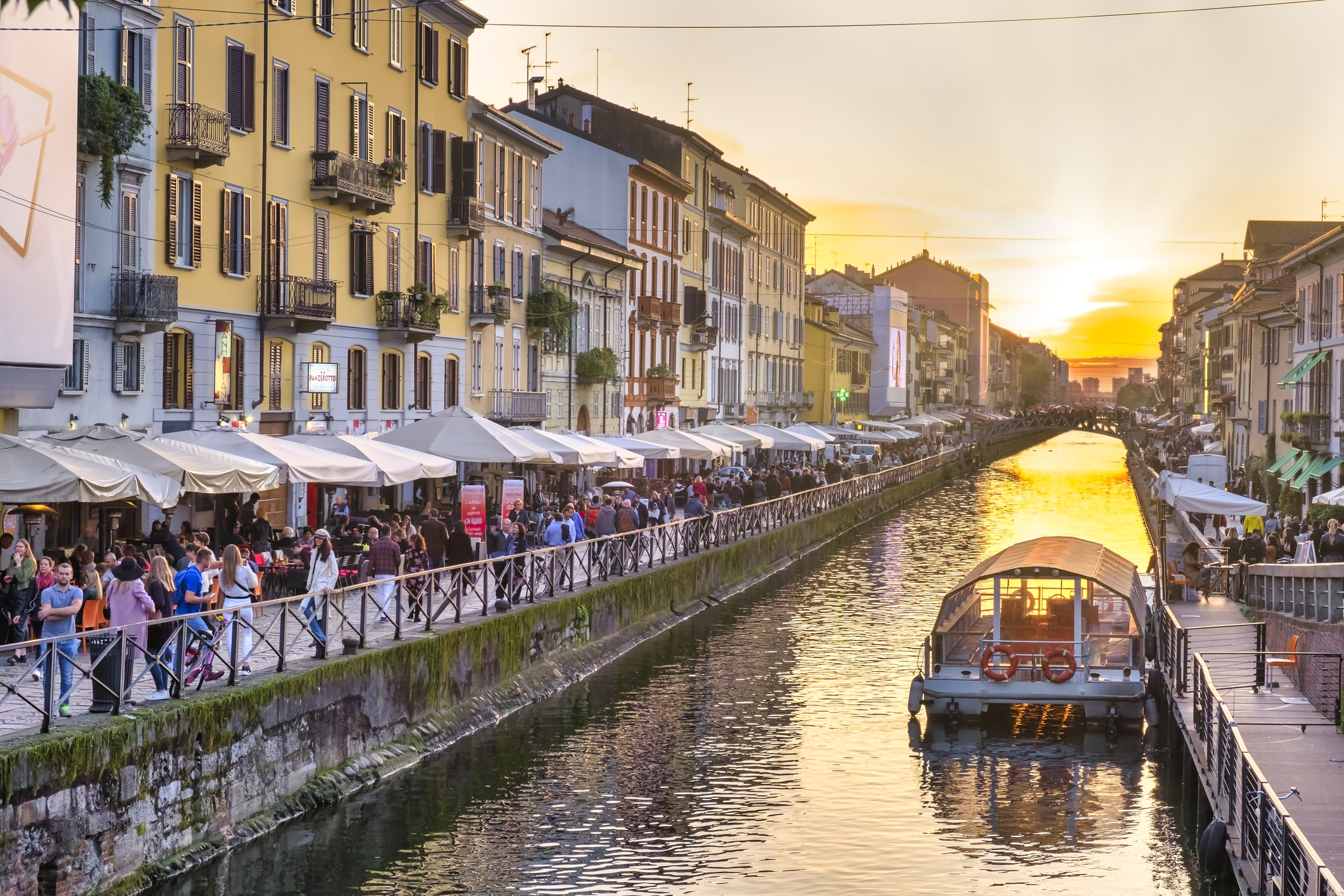Every two years, on even years, the Venice Biennale of Architecture takes place in Venice in two beautiful locations, the “Giardini” and the “Corderie dell’Arsenale”. The same organization produces the well-known Venice Film Festival and the Venice Biennale, a contemporary art exhibition that happens on odd years.
This year though, the 14th edition of the Biennale di Venezia opened just when the city was dealing with a big scandal involving mayor Giorgio Orsoni and 35 other people, all arrested for their part in a bribery case. Yet, the Biennale not only appeared to be little affected by the scandal, but its slogan and the words used by its curator, famous 70 year old Dutch architect Rem Koolhaas, sounded like a direct rebuke to all of this: “Fundamentals will be a Biennale about architecture, not architects”. So, an exhibition about actual works and not about famous people, brands and names.
Koolhaas went on to say: “After several Biennales dedicated to the celebration of the contemporary, Fundamentals will focus on histories – on the inevitable elements of all architecture used by any architect, anywhere, anytime (the door, the floor, the ceiling etc.) and on the evolution of national architectures in the last 100 years. In three complementary manifestations – taking place in the Central Pavilion, the Arsenale, and the National Pavilions – this retrospective will generate a fresh understanding of the richness of architecture’s fundamental repertoire, apparently so exhausted today”.
The 2014 Biennale di Venezia wants to celebrate architecture through the analysis of its past: by discovering our roots we get a better idea of who we are nowadays and what is the baggage of history that we carry. In other words we get in contact with our identity during a historical moment in which resources seem exhausted and architects take inspiration from memory.
In order to do this, Koolhaas asked each country to express their own point of view on a theme: Modernity and its influence on national architectures during the past 100 years: “Ideally, we would want the represented countries to engage a single theme – Absorbing Modernity: 1914-2014 – and to show, each in their own way, the process of the erasure of national characteristics in favor of the almost universal adoption of a single modern language in a single repertoire of typologies”.
Today globalization has changed the world of architecture and it no longer makes sense to talk about “Chinese” architecture, “Swiss” architecture, or “Indian” architecture. As modernity has absorbed national identities and left little space for cultural diversity, architects that once expressed the style of a particular country today are interchangeable.
Even if international collaboration were to succeed in transforming the contemporary perception of architecture as a single world community, the chance still exists of discovering unique national features that have survived globalization, and at the same time maintaining a global perspective on the modern aesthetics we all are immersed in. This way, the word “globalization” takes on a positive meaning, with an emphasis on the constructive potential of a richly connected world, in which national identities are saved in order to enrich everybody’s culture.
Forty countries are participating in this year’s exhibition, which runs from June 7th until November 23rd.































